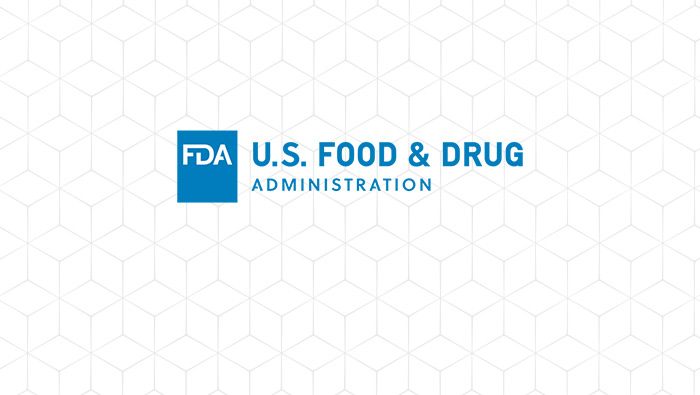Some changes are straightforward and simple, such as improved formatting to make Retail Program Standards easier to navigate and understand.
Accommodations for length of time required to complete the first four steps of Standard 2’s process for training and standardization have been made. Now, an additional six months over the previous 24 months is allotted, or a total of 18 months from the date of hire or assignment to a retail food regulatory program.
In Standard 6, acceptable sampling methodologies have been amended as part of Compliance and Enforcement. Allowing for flexibility, and provided that an alternative sampling method will give the same level of statistical confidence, sampling method assessments other than those proscribed in earlier editions of the Standard 6 are allowed.
Lastly, health department staffing levels as part of Standard 8, Program Support and Resources, can now be determined at the jurisdictional level in one of three ways: Using Standard 8 methodology but with the removal of a previously referenced and onerous inspection to FTE range; the development of staffing methodologies unique to the health department; or staffing methodologies commensurate with risk. Provided that the staffing requirement “support[s] an inspection and surveillance system… designed to reduce risk factors and other factors know(n) to contribute to foodborne illness,” any of these three staffing methods may be used. A direct link to documents that assist with determination of staffing levels in conformance with Standard 8 is found on the Conference for Food Protection website.
The updates to the Retail Program Standards are based on recommendations made during the Conference for Food Protection 2020 Biennial Meeting. For assistance understanding or developing compliance programs for any of the Retail Program Standards, contact EAS.
Posted in EASeNews, FDA and USDA Regulatory Update, Foods.
